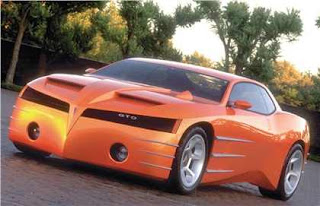X may be the Roman numeral for ten, but in this instance, it almost
stands for "four." Had this small, two-door Hummer concept been built,
it would have reached production as the H4, and it would have directly
competed against the Jeep Wrangler (which, ironically, shares a sizable
portion of its lineage with the Hummer brand) and the
Toyota FJ Cruiser.
Hotness then (1-10): 9
The HX was everything we wanted a new Hummer to be: small, stylish,
muscular, and capable of tackling the most challenging backwoods trails.
Hotness now (1-10): 9
It's still everything we still want a new Hummer to be: small, stylish, muscular, et cetera. The H3 and
H3T
proved capable of holding their own off-road (especially when compared
to the bloated H2), but the HX/H4 would have been even easier to thread
between trees, boulders, sherpas, and other off-road obstacles.
Could it have saved the brand?
The jury's still out on this one. Although a sizable core of Hummer
loyalists purchased the vehicles for their off-road prowess, the advent
of the H2 and H3 helped shift that demographic to suburbanite soccer
moms. True off-roader may pine for a smaller Hummer that can tackle the
Rubicon as well as any Wrangler, but we doubt the HX would have
resonated with those looking for a station wagon with a
stratospherically high seating position.
Source: Internet













.jpg)
